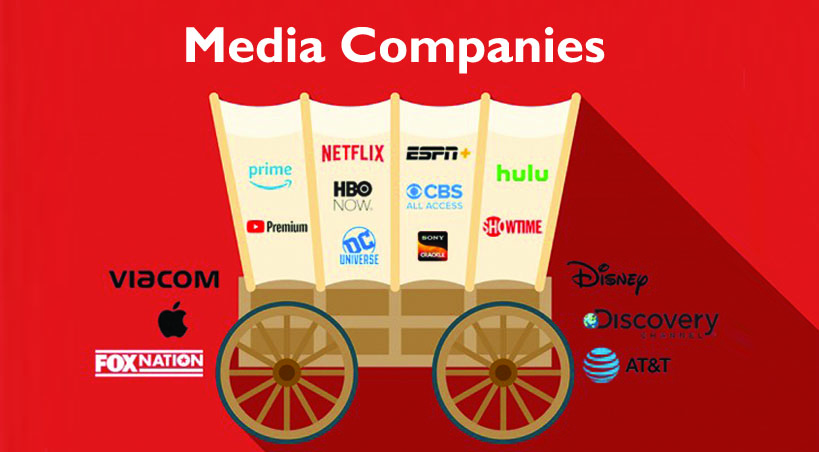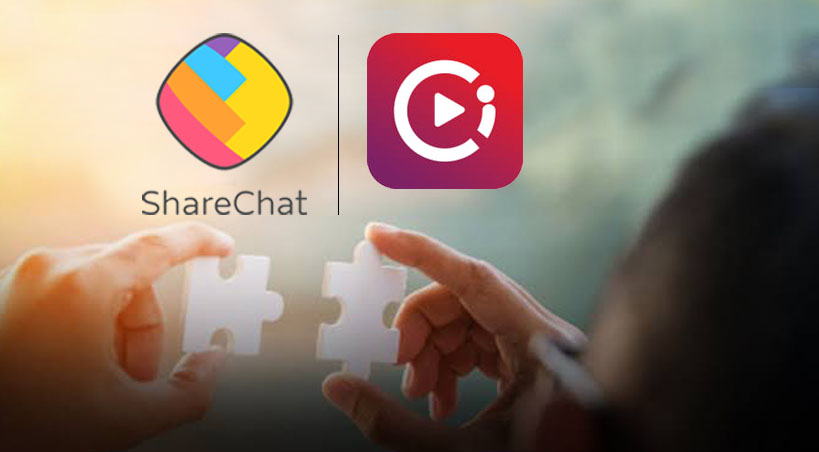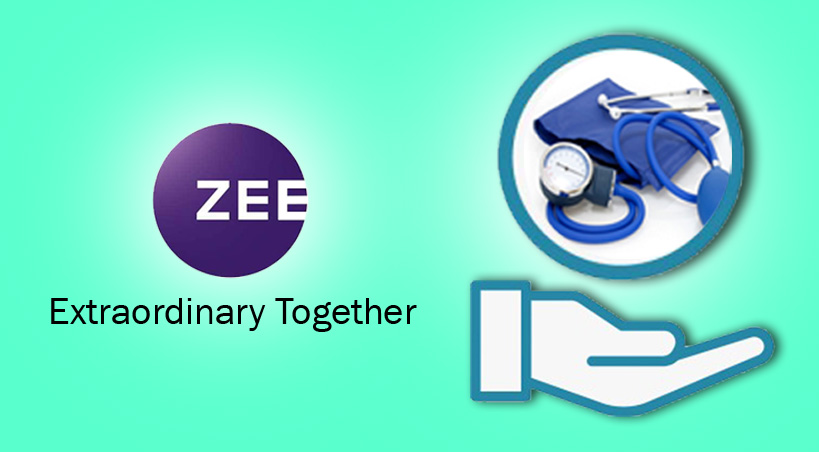The Rise of OTT Platforms and The Advertisement Potential That They Carry

OTT has evolved as a revolution and a trendsetter in the digital age. What remains unanswered is now whether people will switch to OTT platforms rather than going to cinema halls or will people prefer personalized entertainment over others. OTT bundled with the smartphone boom and 4G technology introduction was an added advantage. Covid 19 has brought in a whole new idea in people’s minds to include digitization in their day to day lives and entertainment too did not stay untouched from it. This article will throw a light on OTT, its relevance, and also how advertisers can see a different platform for their advertisements in the coming era.
Rise Of OTT
OTT simply refers to over the top, the term is used to refer to the delivery of the content via the internet in place of cable or satellite provider. This platform delivers quality content as per the user’s preferences and generates their cash through subscription charges. The platform develops quality content as per the user’s subscription and is called Subscription video on demand (SVOD). Four reasons are every day helping the OTT platforms write its growth story. They are :- 1) Content 2) Continuous 3) Convenience 4) Cost-effectiveness. All these four factors combined and ensured the growth of Netflix in India, which eventually helped it to acquire 182 million subscribers worldwide and $20 billion of revenues with a net income of $1.9 billion in 2019.
The Growth Story in India
India has a different story to present altogether, the model could not get its popularity in India. The country has 30+ active OTT players with a variety of revenue/growth models such as – Advertisers video on demand (YouTube and MX player etc.) or the hybrid Freemium model (Hotstar) among others. The reason behind it can have a lot of cause, it can be a good number of content which are available on channels or the reluctance of viewers to make an expense for any online content. The situation in India shows that people are more inclined towards AVOD’S than SVOD’s. People have a bent towards Youtube and 90% of the viewership happens there, MX Player has 200Mn users while Netflix records less than 10 Mn users. Hotstar could also create a base by good collaboration with sports mainly cricket which drives the audience’s attention towards it. A study conducted by KPMG reveals that 10% of the total users access OTT platforms to get a hold for original content. OTT is mainly preferred for its convenience of time and customized viewing experience. Original content as of now has less capacity to drive people towards it.
In such a situation advertisements on the platform have helped it to reach a lot of people, and ultimately reach the TG which prefers to opt for OTT rather than TV.
OTT As An Advertising Platform
The association of the platform with a brand has two different sides: Width (Reach)and Depth(Engagement).
Reach: Enhancing the reach through OTT is possible through brand commercials or static banners. OTT platforms contribution towards building a reach that is similar to their rate of growth and efficiency. Media involvement across (TV + OTT) plays a huge contribution towards increment of the reach, and also acts as a parameter which involves a common measurement across platforms. An example of it is a TV ad which brings with itself a strong proof of reaching the target through a third party team (BARC). One common way of measurement is developed through the process of data mining or the way of targeting in the digital medium, OTT in this scenario stands particularly strong as a medium. Advertisers will have the benefit of having a common platform for measurement between TV and OTT which is (Similar to the concept of incremental reach)
Engagement: The actual capability of an OTT can be understood through brand integrations in original contents which are created for OTT, but there is a little boundary between the brand and the platform. A brand integration will only have an impact if the essence of the brand will have a connection with the core of the story.
The most important question that comes up is if the brand integration is helpful in the progress of the story /plot.
This question plays a prime role in filtering collaboration opportunities. This also brings up a situation in which platforms and brands will have to work together right from the preliminary stage that is the script formation stage. For a brand, it might be risky to get posted during the period of post-production. A wrongful placement of the product will not only introduce the brand in the wrong way but also discount the relevance of the platform for advertisers. OTT runs on good content so a compromise in that sector might come with a heavy price.
For an easier evaluation, the following broad framework for the selection of any media vehicle can be handy for a brand manager.
1) Is this medium relevant to my TG? Is she/he visiting / engaging here.
2) Can I measure the input as well as output from verifiable sources?
3) Is this medium offering a higher return on Market investments (ROMI)
4) Is it a frequency builder or reach a builder or an impact builder?
5) Is it a stable medium in terms of reach /frequency and effectiveness.
6) Is it just experimental or can I scale up based on my requirement?
End words: the adoption of OTT
Growing demand for personalized content for entertainment will be one of the prime factors on which an OTT will grow. So the question here arises when it will witness a growth? But it is not necessary to experience bandwagon immediately. The fact to be efficient remains constant and that is undeniable. Hence the consideration of OTT by a brand can be divided under two phases. They are
1) Early adoption – For brands in experiential space, offering services, targeting specific consumer groups, heavy on online sales, and those that are looking at deeper engagements overreach, OTT will open up newer avenues of agile/frugal marketing with a targeted approach and deeper engagement.
2) Late adoption – For brands with mass appeal, broader targets or product focussed – the conventional mediums be the preference for sometime OTT will be used as a reach builder but not a primary advertising medium
To quote John Keynes- “In the long run, we are all dead.” This comes true for economics, marketing, and in our lives in general too. The brands will always have the power to decide whether the medium will be helpful in the present context- among all other media vehicles that are available. Ultimately, it is the smart selection of mediums (multiscreen- multiple touchpoint experience) that are aligned to current efficiencies that will influence the preference for a particular medium.



